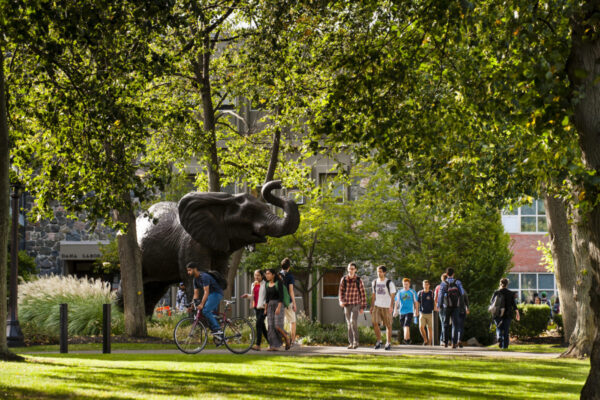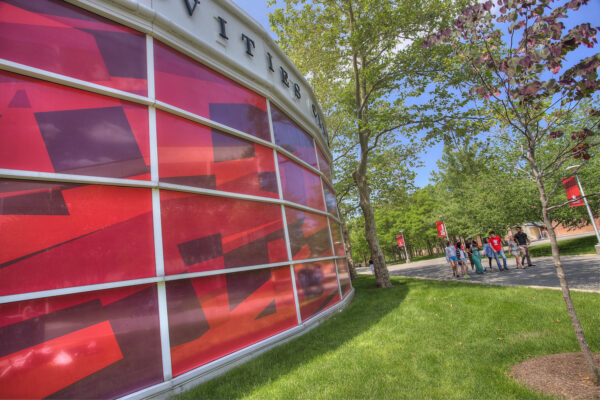Understanding Workers’ Professional and Educational Transitions During the Pandemic
Title: The Great Resignation: Workers’ Experiences With Job and Education Transitions
Authors: Melissa Leavitt, Andrew Hanson, and Dave Clayton
Source: Strada Education Network
Prompted by the COVID-19 pandemic, approximately 50 percent of adults in the United States experienced some change in employment (e.g., job loss, reduced or increased hours, promotion, or voluntary resignation). Concurrently, 33 percent of adults changed their educational plans.
The authors of a new report explain “The Great Resignation” as “a collective desire on the part of the American workforce for more rewarding or meaningful work.” However, they argue that the record-breaking number of resignations, retirements, and overall professional transitions were slowly building over the course of 10 years rather than a sudden mass exodus.
In spring 2022, Strada surveyed 4,500 adults, resulting in five key findings:
- Two-thirds of respondents who have not yet returned to the workforce were motivated by personal reasons, such as taking care of family or enrolling in higher education, rather than labor market conditions, such as being dissatisfied with their previous job.
- Most workers who voluntarily changed positions during the pandemic were motivated by career advancement and fulfillment rather than negative work experiences or job dissatisfaction.
- Workers who initiated their professional transitions, earned promotions, or received raises were more likely to be satisfied with these changes than workers who had no choice or agency in their employment changes.
- The greatest motivator for workers’ postsecondary enrollment was a belief that higher education leads to financial gains and professional advancement. In comparison, the greatest barriers to workers’ postsecondary education enrollment were cost and a lack of confidence in higher education’s return on investment.
- Workers who freely changed their employment or experienced career advancement over the course of the pandemic were most likely to pursue higher education. In comparison, only 10 percent of workers who were fired or laid off enrolled in higher education despite 50 percent of these workers being interested in higher education.
To read the full report, please click here
—Alyssa Stefanese Yates
If you have any questions or comments about this blog post, please contact us.


